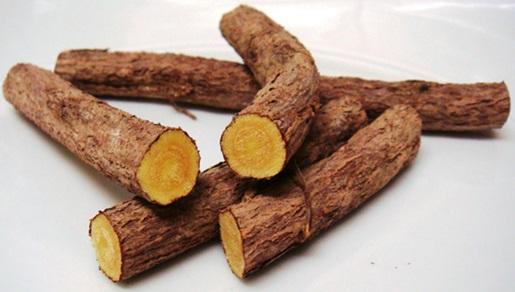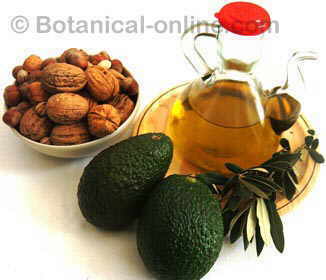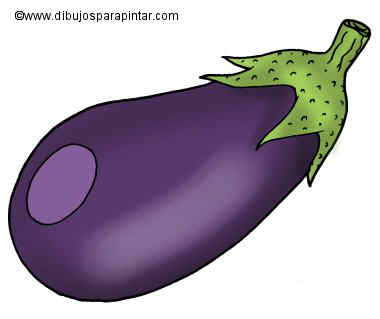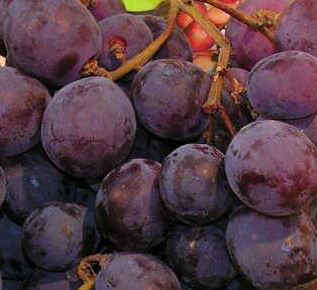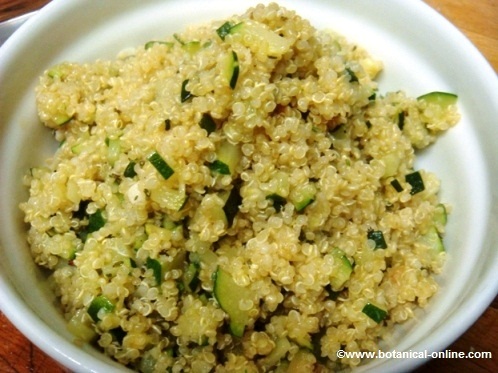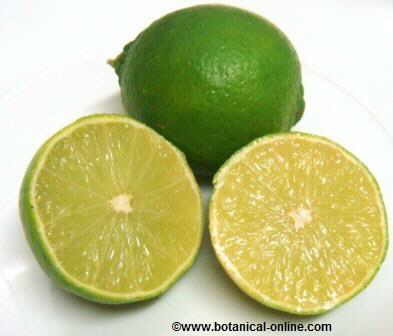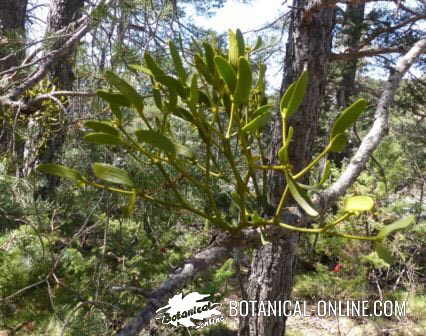Contents
(Annona muricata)
SOURSOP OR GRAVIOLA AS FOOD
What is graviola or soursop?
Soursop or graviola is a tropical fruit of the Annonaceae family, a plant family where to other fruits such as cherimoya belong. Native to Central America.
All these fruits are called sugar apple or custard apple, and they are characterized by having a whitish pulp and seeds inside.
They may have different sizes, the largest being soursop with 2-5 kg. and up to 40 cm. diameter.
Graviola is very similar to cherimoya. It has a rough soft and smooth texture, sweet flavor, slightly acid.
NUTRITIONAL VALUE OF SOURSOP
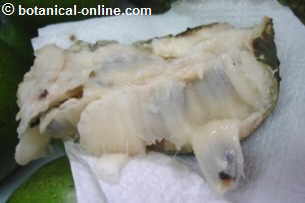
Photo of guanabana pulp
Benefits of soursop
A serving of soursop (200 g.) Provides the same calories as a large apple (130 kcal.).
It is rich in sugars, natural in fruits.
It has No fat, which is very suitable when you need to perform a lowfat diet, or with cholesterol or liver problems.
It is a good source of fiber, galactomannan type, which reduces gastric acidity and prevents constipation. It also provides satiety and helps overcome cravings or pecking between hours.
It is low in protein, but athletes can also consume because it provides potassium, magnesium, calcium and vitamins necessary for the proper functioning of muscles.
It provides Gamma butyric amino acids (GABA), with properties against hypertension.
A whole piece brings a lot of vitamin C (20 mg. Per 100 g.), Which is an antioxidant and improves the health of the body in general.
The medicinal properties of soursop are due to acetogenins. However, the fruit contains a lesser amount than the leaves and seeds.
These components make soursop a fruit against cancer. The difference with other anti-cancer foods, is that soursop can stop cancer even at very low doses.
NUTRITIONAL TABLE COMPOSITION OF SOURSOP PER 100 G. | |
| Calories (Kcal.) | 66 |
| Fats (g.) | 0,3 |
| Carbohydrates (g.) | 16,8 |
| Proteins (g.) | 1 |
| Fiber (g.) | 3,3 |
| Potassium (mg.) | 278 |
| Sodium (mg.) | 14 |
| Phosphorus (mg.) | 27 |
| Magnesium (mg.) | 21 |
| Calcium (mg.) | 14 |
| Iron (mg.) | 0,6 |
| Vitamin c (mg.) | 21 |
| Vitamin E (mg.) | 0,4 |
| Vitamin A (UI) | 2 |
| Vitamin B1 (mg.) | 0,07 |
| Vitamin B2 (mg.) | 0,05 |
| Niacin (mg.) | 0,9 |
| Folic acid (mg.) | 14 |
How is soursop taken?
Whole fruit: Cut into sections and the flesh eaten with a spoon because its texture is very soft. It contains numerous seeds inside that we will have to discard.
Prepared: It can be cut into pieces without seeds, and add to fruit salads.
Soursop pulp: With the help of a strainer or fine sieve and spoon, squeeze pieces of soursop until a puree. Remove the seeds and take the juice with some pulp and milk if desired. You can refrigerate and make desserts with it, like jelly, ice cream, sherbet or pannacotta.
Soursop drink, known as soursop champola (Brazil) or carato (Puerto Rico).
Soursop industrial refreshments: They are made from nectar and contain between 12 and 15% pulp. We can find it with gas or without gas.
Where to buy soursop?
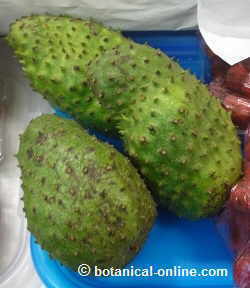
Photography of soursop in a market in Mexico.
It is a tropical fruit that can be found at: southern Mexico, Costa Rica, Puerto Rico, Colombia, Brazil, parts of Florida, Southeast Asia (China, Vietnam, India, Sri Lanka, Thailand), New Zealand and some Pacific islands and Polynesia.
Outside its country of origin, it is difficult to find soursop, which often is usually a very expensive product. Many countries import soursop products such as soft drinks, soursop pulp or sometimes fresh fruit, such as EE. UU., Canada, Taiwan, China, Singapore, Spain, Italy, Holland and Jamaica
The fruit is very sensitive to shock, so it must be collected before ripening, when the skin is yellow-green, so it can not fall from the tree. Then, it will need a few days left to mature in refrigeration.
Before buying soursop we must ensure that it meets the quality requirements:
Whole fruit, without cuts or blows
Green and bright, clean skin, showing no traces of pests or diseases
It is normal that a blackish color in any area of the skin of the fruit is present, which does not indicate that the fruit is in poor condition.
Fresh fruit must not have been frozen
*Related information:
![]() More information on guanabana.
More information on guanabana.

